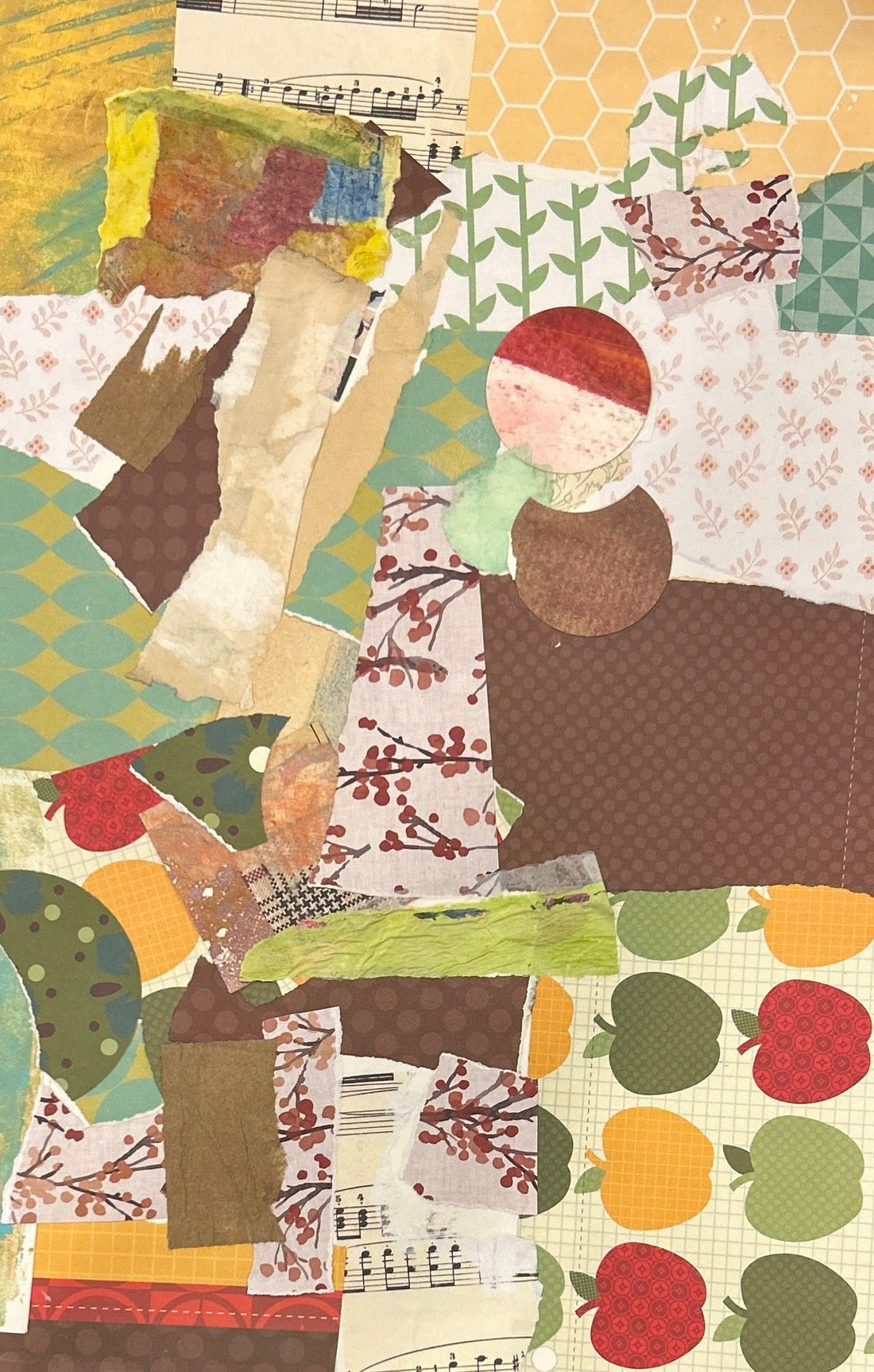We worked on fun projects this past week at Pam’s Den of Creative Fun. I often say that creativity is more than paint and paper — it’s a way to connect, to regulate, and to remember that life is filled with possibility.
Lately, I’ve been busy working on something very close to my heart: a book of stories about growing up alongside my twin sister, Paula, who had Cerebral Palsy. These stories are personal, but I believe they will help others better understand why I am so passionate about working alongside caregivers, especially those who support adults with developmental disabilities. Living life beside Paula gave me an early glimpse into the joys, struggles, and creativity that come with finding ways to adapt and engage in everyday life. That experience shaped me into the occupational therapist, advocate, and creative guide I am today.
Creativity as a Path to Self-Regulation
We’re all living in a world that feels a little chaotic at times. Caregivers, especially, carry a unique weight — balancing their own needs with the needs of those they support. In moments like this, creative activities can become powerful tools for self-regulation.
Here are a few strategies to try:
-
Breathe with the brush: Use slow, intentional brush strokes while painting, matching your breath to the movement.
-
Create a mindful pause: Set aside five minutes to doodle, glue scraps, or add color to a puzzle piece. Small steps bring calm.
-
Engage the senses: Use textured paper, natural materials, or music alongside your art to anchor attention and reduce stress.
These aren’t just strategies for those you care for — they’re for you, too. Taking a creative pause is a way to fill your own cup, so you have more energy to pour into others.
Try This Adapted Activity: A Scrap Master Board
This month, let’s put those leftover scraps to good use by creating a master board.
How to do it:
-
Gather leftover bits of paper, fabric, stickers, or shapes from your scrap box.
-
Arrange them on a sturdy surface (cardstock or cardboard works great).
-
Glue them down freely — no rules, just play!
Adaptation tips:
-
Use larger pre-cut shapes for those who struggle with fine motor control.
-
Offer glue sticks or adaptive brushes for easier grip.
-
Encourage sensory exploration by adding textured materials like tissue paper or foil.
Want to see this activity in action? 🖌️
I shared it during a recent Make It Monday segment — you can catch the replay on Pam's Den of Creative Fun Facebook page for step-by-step inspiration and tips.
Closing Thoughts
As I continue writing my book, I am reminded again and again that creativity and compassion go hand in hand. My life alongside Paula taught me that every moment, no matter how small, holds the possibility of connection. That’s what I carry into my work today — and what I hope to share with each of you.
So let’s keep choosing creativity as a way to self-regulate, connect, and celebrate what makes us unique. And remember, as I always say:
Advocate. Create. Teach.
I’d love to hear how you’re using creativity in your day-to-day life. Share your story with me ....right here in the comments.

